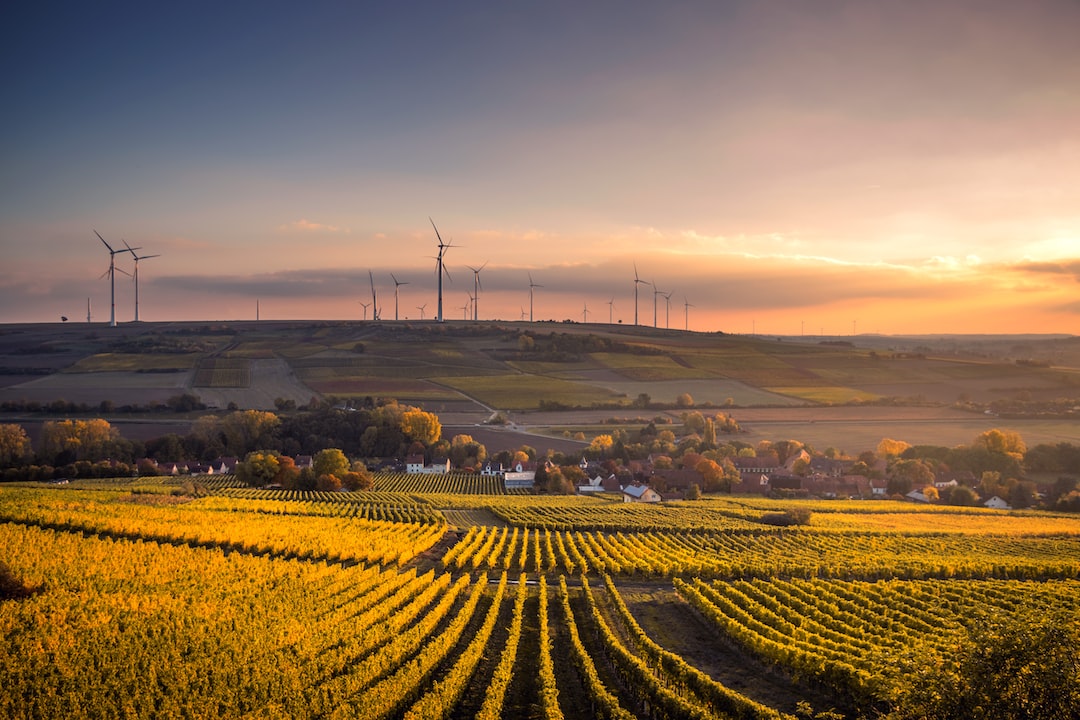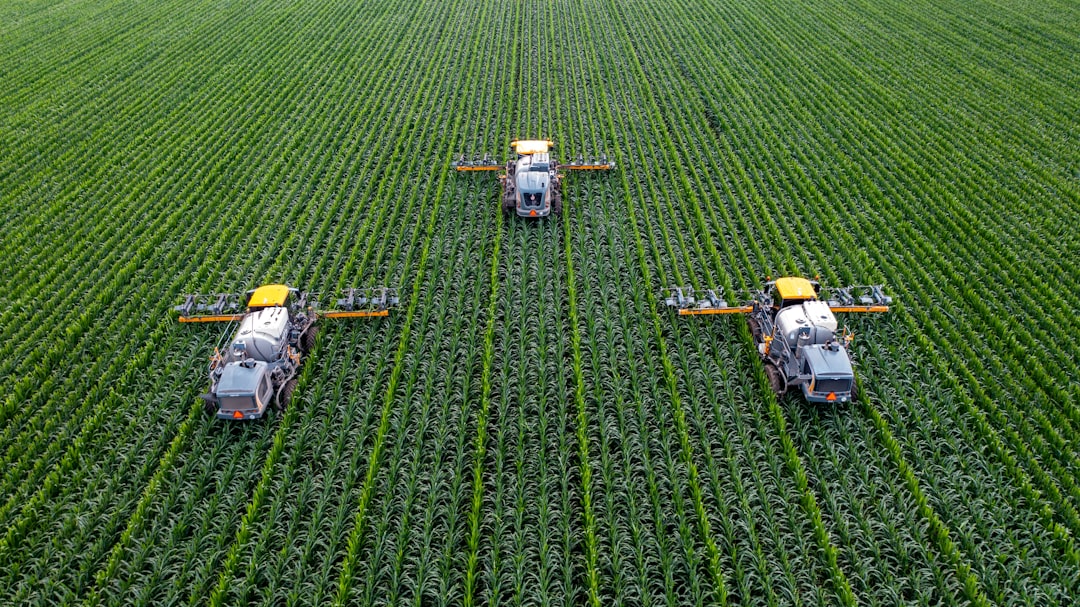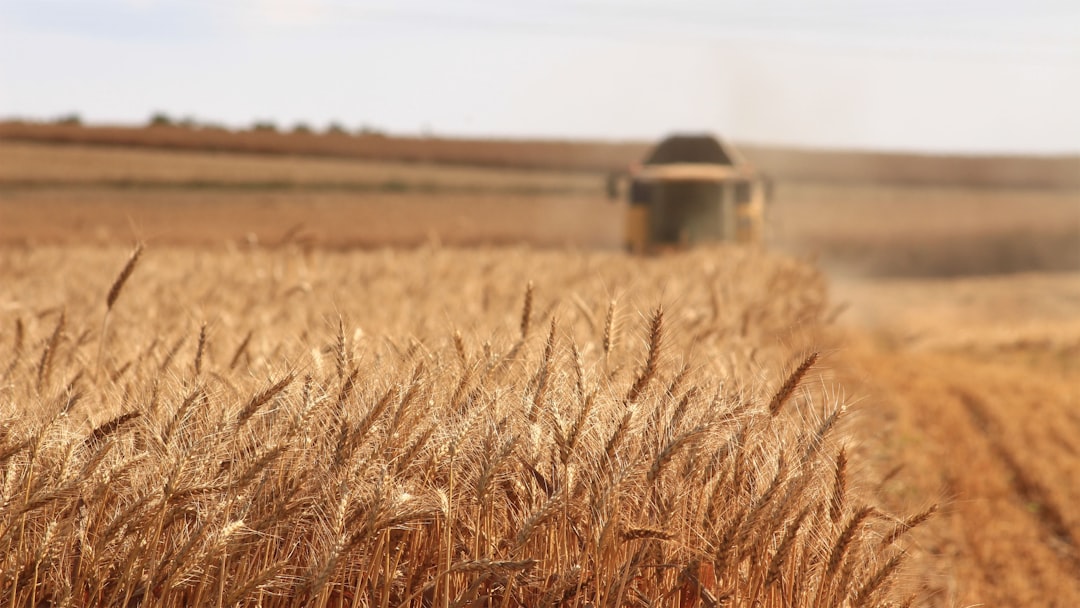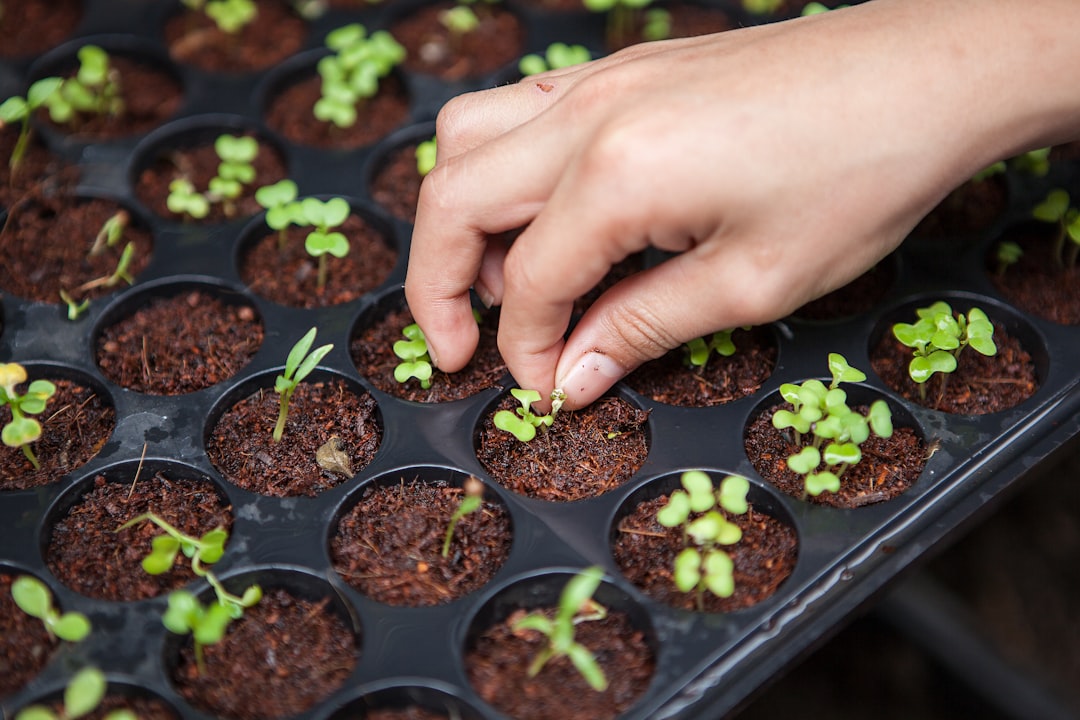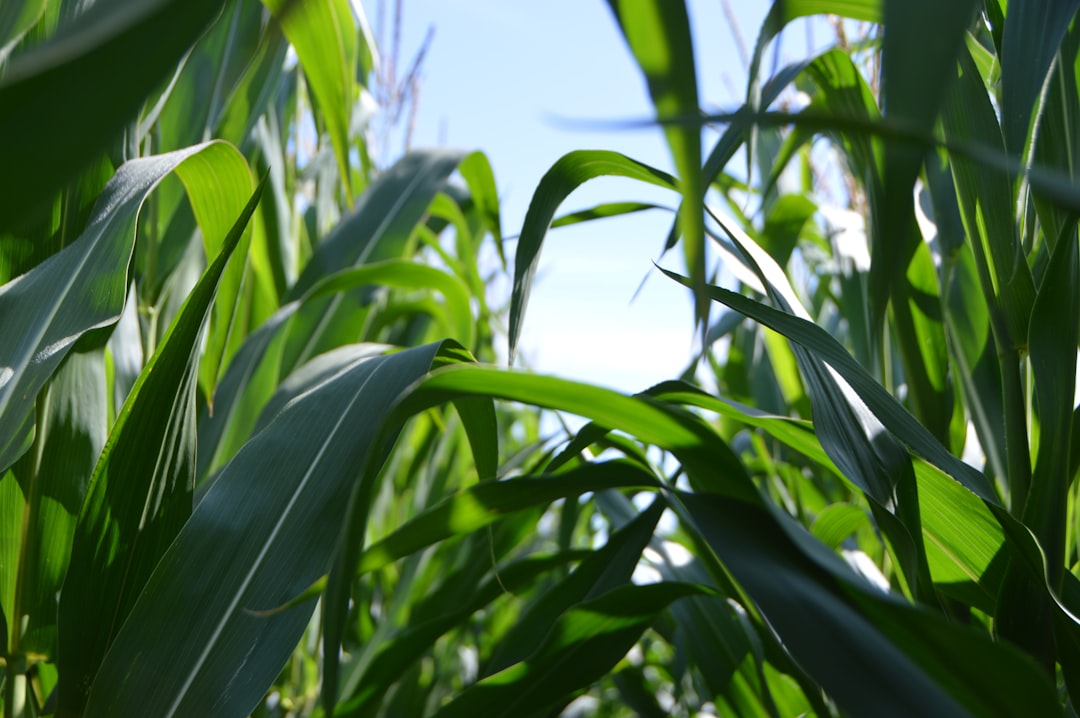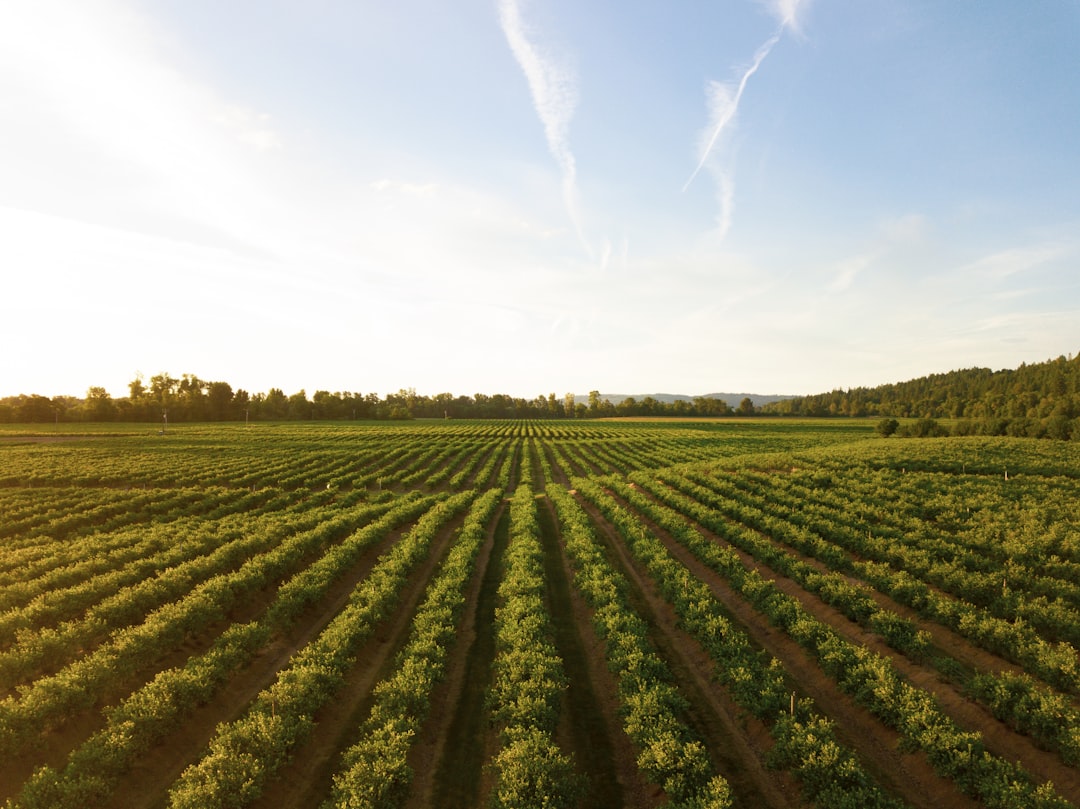Agriculture has been a fundamental part of human civilization for thousands of years. It is the backbone of our food system and plays a crucial role in our economy, society, and environment. However, the world’s population is growing rapidly, and the demand for food is expected to increase by 70% by 2050. This presents a significant challenge for the agriculture industry, which must find ways to produce more food while also reducing waste, improving sustainability, and adapting to climate change.
Fortunately, recent advancements in artificial intelligence (AI) have the potential to revolutionize agriculture and help address these challenges. AI can be used to analyze vast amounts of data, monitor crop health, optimize resource management, and even automate farming processes. By combining AI with other technologies like robotics, sensors, and drones, farmers can improve their efficiency, productivity, and profitability.
However, implementing AI in agriculture is not without its challenges. There are barriers to widespread adoption, such as cost, lack of expertise, and concerns about data privacy. Additionally, there are ethical considerations to take into account, such as the potential for job displacement and the impact on rural communities.
Despite these challenges, the potential benefits of AI in agriculture are too significant to ignore. In this blog post, we will explore the current applications of AI in agriculture, the advantages it offers, the future possibilities, and the ethical considerations that must be addressed. By doing so, we hope to shed light on the potential of AI to revolutionize agriculture and the importance of responsible implementation for the benefit of farmers, consumers, and the environment.
Current Applications of AI in Agriculture
Agriculture has always been a crucial aspect of human civilization, providing sustenance and livelihood to billions of people around the world. However, the industry has faced numerous challenges over the years, such as climate change, changing consumer preferences, and the need to produce more food with limited resources. This is where AI comes in – with its ability to analyze vast amounts of data and make predictions, it has the potential to revolutionize the way we farm and produce food.
Currently, there are several applications of AI in agriculture that are already in use. One of the most significant is precision farming, which involves using sensors, drones, and other technologies to collect data on soil quality, weather patterns, and crop growth. This data is then analyzed using AI algorithms to identify patterns and make predictions about crop yields, disease outbreaks, and other factors that could affect the success of the harvest.
Another application of AI in agriculture is crop monitoring. By using machine learning algorithms to analyze satellite imagery and other data sources, farmers can quickly identify areas of their fields that require attention, such as those that are experiencing water stress or pest infestations. This allows them to take corrective action before the problem becomes too severe, improving the overall health and productivity of their crops.
AI is also being used to develop predictive models for weather patterns and climate change, which can help farmers make more informed decisions about planting and harvesting times. By analyzing historical weather data and using machine learning algorithms to identify patterns, these models can make accurate predictions about future weather conditions, allowing farmers to plan ahead and mitigate the risks associated with extreme weather events.
Overall, the current applications of AI in agriculture are already having a significant impact on the industry, helping farmers to make more informed decisions and improve the efficiency and productivity of their operations. However, there are still several challenges that need to be overcome to ensure that AI is adopted more widely across the industry.
By analyzing historical weather data and using machine learning algorithms to identify patterns, these models can make accurate predictions about future weather conditions, allowing farmers to plan ahead and mitigate the risks associated with extreme weather events.
Challenges to Implementing AI in Agriculture
As exciting as the potential of AI in agriculture is, there are several challenges that must be overcome before it can be widely adopted across the industry. One of the biggest barriers to implementing AI in agriculture is cost. The technology required to develop and deploy AI systems can be expensive, and many farmers may not have the resources to invest in it.
Another challenge is the lack of expertise. While there are certainly farmers who are tech-savvy and well-versed in AI, many others may not have the necessary skills and knowledge to implement and manage these systems effectively. This can make it difficult for smaller farms to compete with larger operations that have the resources to invest in AI.
Data privacy is also a major concern when it comes to AI in agriculture. Farmers may be hesitant to share sensitive data about their operations with third-party companies that are developing AI systems. This is understandable, as data privacy is a complex and rapidly evolving issue that affects every industry.
Another challenge is the potential for unintended consequences. AI systems can be incredibly powerful, but they are only as good as the data they are trained on. If the data is biased or incomplete, it could lead to inaccurate or harmful decisions being made. Additionally, there is always the risk of unintended consequences, such as the displacement of human workers or the unintended environmental impacts of AI-powered farming practices.
Despite these challenges, there is no doubt that the potential benefits of AI in agriculture are significant. By addressing these challenges head-on and working to develop responsible and ethical AI systems, we can unlock the full potential of this powerful technology and revolutionize the way we grow and produce food.
Despite these challenges, there is no doubt that the potential benefits of AI in agriculture are significant.
Advantages of AI in Agriculture
As we have seen in the previous section, implementing AI in agriculture comes with its fair share of challenges. However, the benefits of using AI in agriculture far outweigh the difficulties. Here are some of the advantages of implementing AI in agriculture:
Increased Efficiency and Yield
One of the main advantages of using AI in agriculture is the increased efficiency and yield of crops. AI can help farmers optimize their operations by providing them with insights into crop growth patterns, soil quality, and weather patterns. This information can help farmers make better decisions about when to plant, fertilize, and harvest their crops, which can lead to increased yields.
Reduced Waste
Another benefit of using AI in agriculture is the ability to reduce waste. AI-powered systems can help farmers identify areas where crops are not growing as well as they should be. This information can help farmers take corrective action, such as adjusting the amount of fertilizer or water they use in those areas. By doing so, farmers can reduce the amount of waste they produce and increase the overall efficiency of their operations.
Improved Sustainability
AI can also help farmers improve the sustainability of their operations. For example, AI-powered systems can help farmers reduce their use of pesticides and other harmful chemicals by identifying areas where pests are present and recommending targeted treatments. This can help reduce the environmental impact of farming while also improving the health and safety of the food produced.
Improved Decision-Making
Finally, AI can help farmers make better decisions about their operations. By providing farmers with real-time data and insights, AI can help them identify problems and opportunities that they might otherwise miss. This can lead to more informed decision-making and better outcomes for both farmers and consumers.
The advantages of using AI in agriculture are numerous and significant. By increasing efficiency and yield, reducing waste, improving sustainability, and enabling better decision-making, AI has the potential to revolutionize the agriculture industry. However, as we will discuss in the next section, there are ethical considerations that must be taken into account when implementing AI in agriculture.
This can help reduce the environmental impact of farming while also improving the health and safety of the food produced.
Future Applications of AI in Agriculture
As the world population continues to grow, the demand for food will rise accordingly. To meet this demand, farmers will need to produce more food with fewer resources. This is where AI comes in. The potential applications of AI in agriculture are vast and exciting. Here are some of the ways AI could transform the industry in the future.
Autonomous Farming Equipment
One of the most promising applications of AI in agriculture is the development of autonomous farming equipment. This could include self-driving tractors, drones, and other machinery that can operate without human intervention. Autonomous equipment would revolutionize farming by reducing labor costs and increasing efficiency. Farmers could use their time more effectively, focusing on other important tasks such as crop management and planning.
Predictive Analytics
Another potential application of AI in agriculture is predictive analytics. Farmers could use AI algorithms to analyze data from sensors, drones, and other sources to predict crop yields, disease outbreaks, and weather patterns. This would allow farmers to make more informed decisions about planting, harvesting, and other critical activities. Predictive analytics could also help farmers reduce waste by optimizing crop rotation and fertilizer usage.
Genetic Engineering
AI could also be used in genetic engineering to develop crops that are more resistant to pests and diseases. This would reduce the need for harmful chemicals and pesticides, improving the health of both the environment and consumers. AI could also be used to develop crops that are more nutritious and better suited to specific growing conditions.
Smart Irrigation
Water is a precious resource, and it is becoming increasingly scarce in many parts of the world. AI could be used to develop smart irrigation systems that use sensors and other data sources to optimize water usage. This could help farmers reduce their water usage and increase crop yields, while also conserving this vital resource.
Robotics
Finally, AI could be used to develop robots that can perform a variety of tasks on the farm. This could include everything from planting and harvesting to weeding and pruning. Robots could work around the clock, increasing efficiency and reducing labor costs. They could also be programmed to work in hazardous environments, reducing the risk of injury to humans.
The potential applications of AI in agriculture are vast and exciting. From autonomous farming equipment to predictive analytics and genetic engineering, AI could revolutionize the way we produce food. However, it is important to consider the ethical implications of these technologies, such as job displacement and data privacy. By implementing AI responsibly, we can ensure that farmers, consumers, and the environment all benefit from this exciting new technology.
This could include everything from planting and harvesting to weeding and pruning.
Ethical Considerations of AI in Agriculture
As with any emerging technology, the implementation of artificial intelligence in agriculture raises a number of ethical concerns. While the potential benefits of AI in agriculture are numerous, it is important to consider the potential negative consequences and work to mitigate them.
One of the primary ethical concerns with AI in agriculture is job displacement. As more tasks are automated and performed by machines, there is a risk that human workers will be replaced. While this may lead to increased efficiency and reduced labor costs for farmers, it could also have negative social and economic consequences for rural communities.
Another potential ethical concern is data privacy. As farmers collect and share data with AI systems, there is a risk that sensitive information could be compromised. This could include personal information about farmers and their families, as well as proprietary information about farming practices and yields.
Additionally, there is a risk that AI systems could perpetuate existing biases and inequalities in the agriculture industry. For example, if AI algorithms are trained on data that reflects historical patterns of discrimination, they may perpetuate these biases in their decision-making.
Finally, there is a risk that AI systems could have unintended consequences for the environment and public health. For example, if AI systems are used to optimize crop yields without considering the long-term impacts on soil health and biodiversity, this could have negative consequences for the environment and public health.
Overall, it is important to approach the implementation of AI in agriculture with caution and careful consideration of the potential ethical implications. By working to mitigate these concerns, we can ensure that AI is used in a responsible and beneficial way for farmers, consumers, and the environment.
While this may lead to increased efficiency and reduced labor costs for farmers, it could also have negative social and economic consequences for rural communities.
Conclusion: AI in Agriculture
In conclusion, the potential of AI in agriculture is vast and exciting. As we have seen, AI can be utilized across the agricultural industry in a variety of ways, from precision farming to autonomous equipment. The benefits of AI are numerous and include increased efficiency, improved sustainability, and reduced waste. However, as with any new technology, there are also ethical concerns that must be addressed, such as job displacement and data privacy.
It is crucial that we approach the implementation of AI in agriculture responsibly, with the goal of benefiting farmers, consumers, and the environment. This means taking into account the challenges of cost and expertise, as well as the ethical considerations of job displacement and data privacy. By doing so, we can ensure that the benefits of AI are realized while also minimizing any negative impacts.
In addition to the current applications of AI in agriculture, there are also many potential future uses that could revolutionize the industry even further. For example, predictive analytics could be used to anticipate crop yields and market demand, allowing farmers to make more informed decisions. Autonomous farming equipment could also greatly increase efficiency and reduce labor costs.
Overall, the potential of AI in agriculture is enormous. By harnessing the power of this technology, we can improve the efficiency, sustainability, and profitability of farming operations while also reducing waste and improving the quality of our food supply. It is up to us to ensure that the implementation of AI in agriculture is responsible and ethical, ensuring that the benefits are realized while minimizing any negative impacts.
